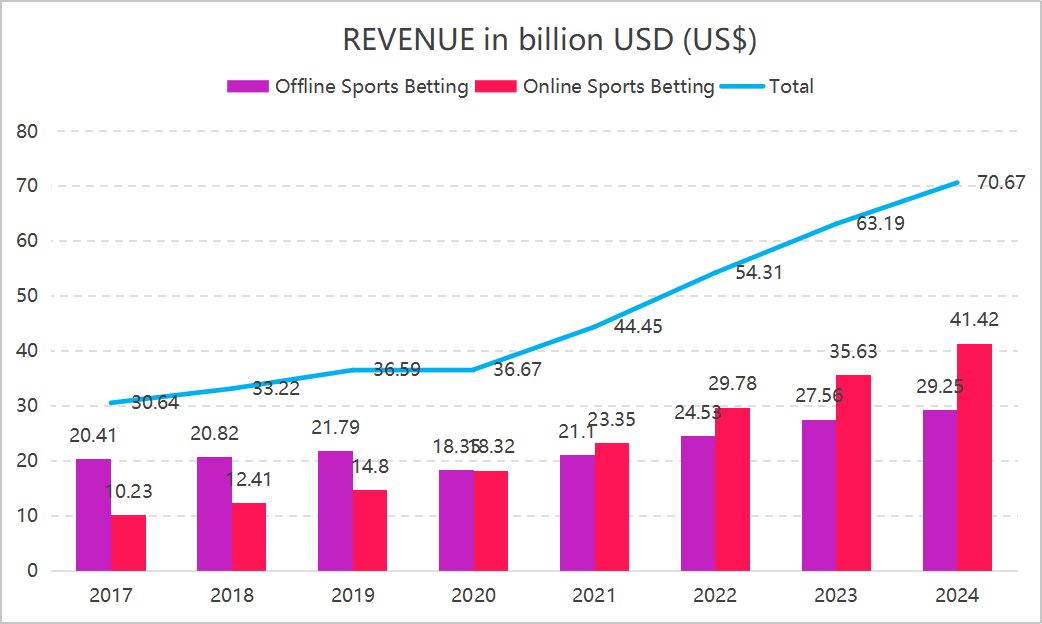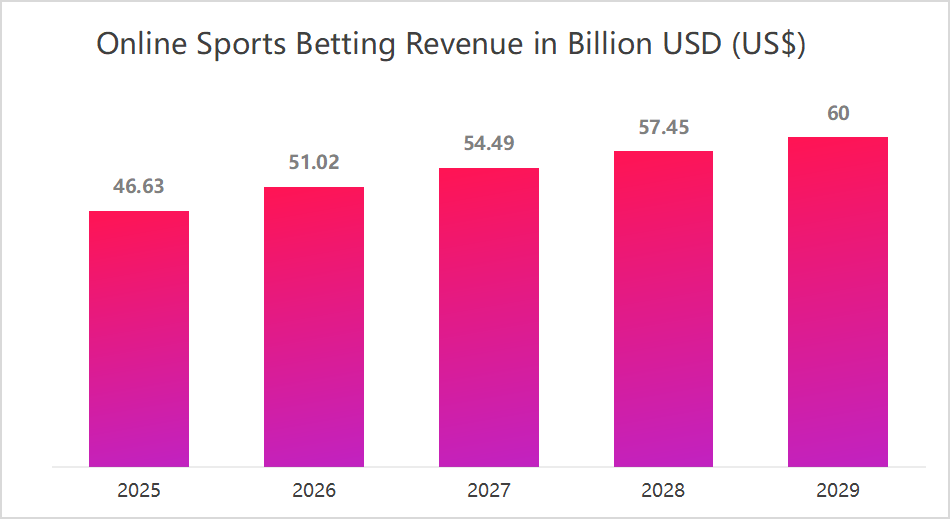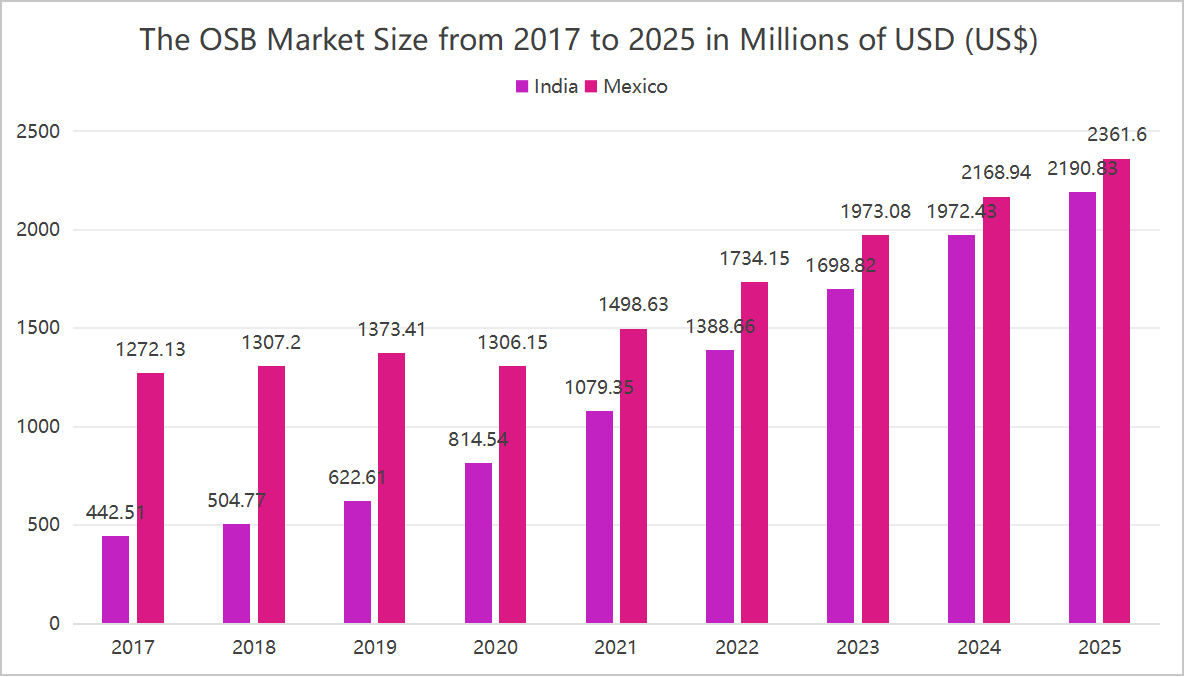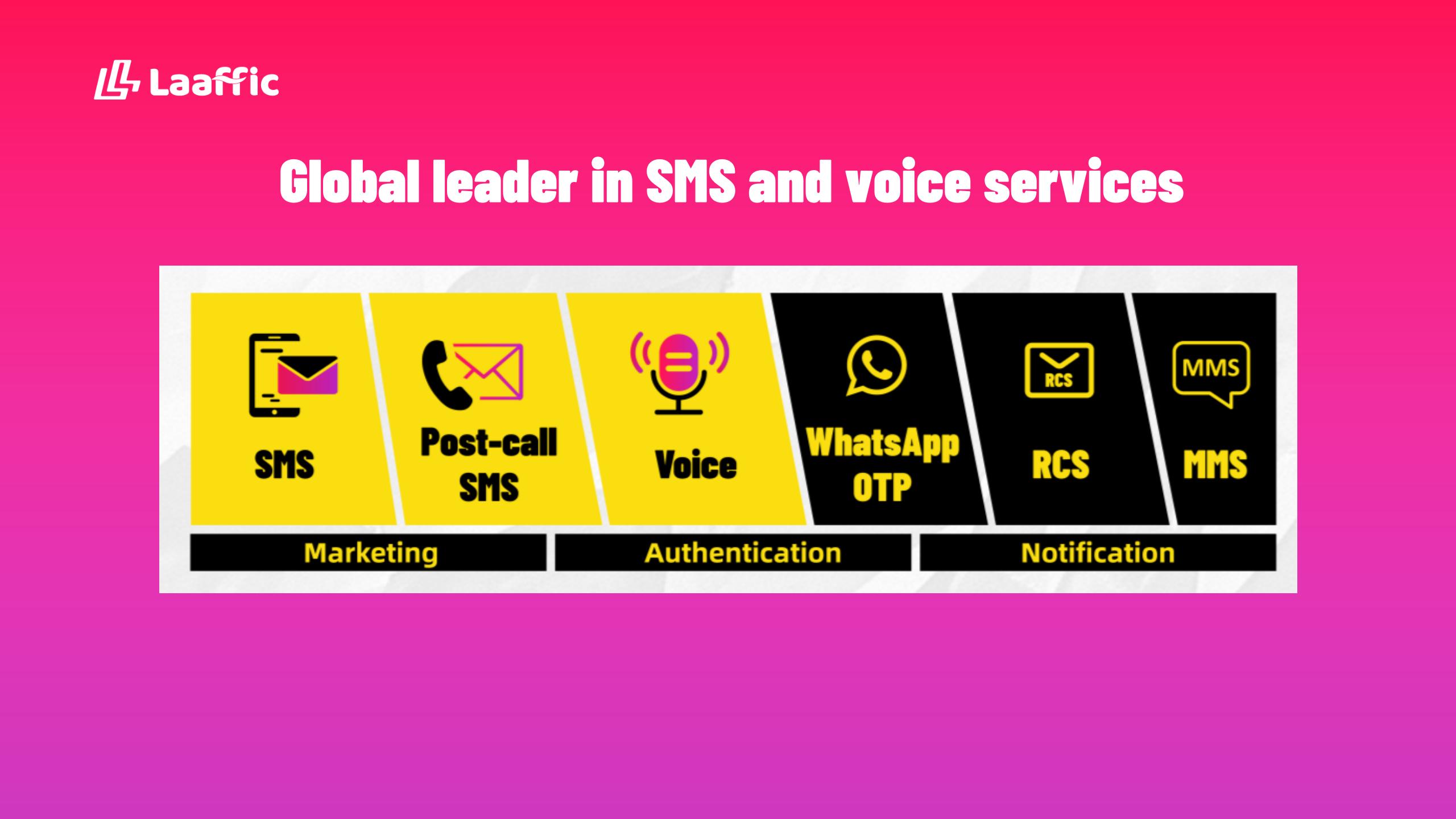Is Now the Right Time to Enter the Market? A Deep Dive into the $46.6 Billion OSB Industry
The lottery industry has a long history.
As early as the Middle Ages and the Renaissance, European countries began using lotteries as a means to raise public funds. Over time, with advancements in communication technology, lotteries have gradually become a popular form of entertainment worldwide.
Simultaneously, the roles of lottery operators became evident, with specialized service providers emerging in areas such as sports data, payment services, technical support, advertising and marketing, cloud services, and affiliate marketing. The lottery industry has evolved into a mature commercial ecosystem. Participation is no longer limited to offline; more and more lottery enthusiasts are engaging through online platforms. As a result, the lottery industry structure has stabilized, entering a period of rapid growth.
Rapid Growth in OSB with High Growth Expected in the Next 5 Years
Except for a few countries that reject OSB(Online Sports Betting) due to cultural or policy reasons, most countries have a relatively positive attitude towards OSB.
Statistics show that out of the 195 major countries, 40 have fully opened up to online lotteries, and 104 have implemented regulatory compliance. OSB currently covers 73.8% of the world's countries, providing ample space for market development.
According to the latest research by Statista, between 2017 and 2024, the lottery industry is expected to more than double in size, growing from $30.64 billion to $70.67 billion, with most of this growth coming from online lotteries. The data indicates that from 2017 to 2024, the offline lottery market will grow from $20.41 billion to $29.25 billion, while the online lottery market will grow from $10.23 billion to $41.42 billion.

The OSB market is projected to continue its high growth. By the end of 2025, the global OSB market size is expected to reach $46.63 billion, and by 2029, it will exceed $60 billion, a figure comparable to the annual GDP of some developing countries, such as Uganda and Cameroon in Africa.

Primarily Western Users, with Significant Potential in the Indian Market
As with most industries, the performance of OSB in regional markets largely reflects the level of development (excluding countries where promotion is not possible due to policy reasons).
Overall, developed countries such as those in North America, Europe, and Australia remain the main market contributors, while developing countries, though smaller in total, show strong growth. For example, Statista's projected data for 2025 indicates that the top 10 countries in the OSB market will be the United States, Australia, the United Kingdom, Germany, France, Japan, Mexico, Canada, India, and Italy.

Among them, Western countries occupy eight spots, with Mexico and India being the only two developing countries on the list, showing strong performance with market growth rates of 86% and 395% respectively from 2017 to 2025.

Looking to the future, if the global average OSB user penetration rate is around 5.2% by 2025, the current user penetration rates in Mexico and India are only 0.3% and 1.1%, leaving significant room for growth.
Moreover, India recently received a major industry boost with Meta's announcement of lifting the ban on RMG (Real Money Gaming) ads, a move that will undoubtedly further stimulate the explosive growth of the Indian OSB market.
OSB Industry Analysis: A Breakdown of Upstream and Downstream Roles
From a higher perspective, the OSB industry can be divided into seven key roles: technology suppliers, operators, data suppliers, service providers, media, regulatory bodies, and users.
The upstream industry is represented by sports data providers such as Sportradar and ATATS PERFORM, who supply data and information related to sports events, serving as the data source for lottery projects. This includes, but is not limited to, real-time event data, odds calculation, data analysis, and compliance support.
The midstream industry includes technology suppliers such as software and platform developers, as well as a wide range of service providers in payments, marketing, traffic, cloud services, security, and customer service systems. The integration of the industry has also given rise to important roles like "white label companies," which integrate various professional service providers to offer complete online lottery platform solutions, helping companies quickly enter the lottery industry.
Additionally, the midstream includes media representatives such as SBC and SiGMA, as well as regulatory bodies that work with other service providers to promote healthy and orderly industry development.
The downstream industry is undoubtedly the lottery operators closest to users, with representative companies including 1xbet, BET365, 22BET, 888, and William Hill. They operate online sports betting websites or applications, attracting global users through marketing, advertising, and affiliates to enhance platform visibility and user engagement. For example, Laaffic, a global leader in SMS and voice marketing services, is involved in the marketing systems of many white label companies.

In conclusion, in the face of humanity's dream of "becoming rich," few can resist the "temptation" of OSB. This is why the lottery industry, having developed for over 600 years, still maintains tremendous vitality. For most entrepreneurs, it is an industry worth entering and deeply cultivating.
As early as the Middle Ages and the Renaissance, European countries began using lotteries as a means to raise public funds. Over time, with advancements in communication technology, lotteries have gradually become a popular form of entertainment worldwide.
Simultaneously, the roles of lottery operators became evident, with specialized service providers emerging in areas such as sports data, payment services, technical support, advertising and marketing, cloud services, and affiliate marketing. The lottery industry has evolved into a mature commercial ecosystem. Participation is no longer limited to offline; more and more lottery enthusiasts are engaging through online platforms. As a result, the lottery industry structure has stabilized, entering a period of rapid growth.
Rapid Growth in OSB with High Growth Expected in the Next 5 Years
Except for a few countries that reject OSB(Online Sports Betting) due to cultural or policy reasons, most countries have a relatively positive attitude towards OSB.
Statistics show that out of the 195 major countries, 40 have fully opened up to online lotteries, and 104 have implemented regulatory compliance. OSB currently covers 73.8% of the world's countries, providing ample space for market development.
According to the latest research by Statista, between 2017 and 2024, the lottery industry is expected to more than double in size, growing from $30.64 billion to $70.67 billion, with most of this growth coming from online lotteries. The data indicates that from 2017 to 2024, the offline lottery market will grow from $20.41 billion to $29.25 billion, while the online lottery market will grow from $10.23 billion to $41.42 billion.

The OSB market is projected to continue its high growth. By the end of 2025, the global OSB market size is expected to reach $46.63 billion, and by 2029, it will exceed $60 billion, a figure comparable to the annual GDP of some developing countries, such as Uganda and Cameroon in Africa.

Primarily Western Users, with Significant Potential in the Indian Market
As with most industries, the performance of OSB in regional markets largely reflects the level of development (excluding countries where promotion is not possible due to policy reasons).
Overall, developed countries such as those in North America, Europe, and Australia remain the main market contributors, while developing countries, though smaller in total, show strong growth. For example, Statista's projected data for 2025 indicates that the top 10 countries in the OSB market will be the United States, Australia, the United Kingdom, Germany, France, Japan, Mexico, Canada, India, and Italy.

Among them, Western countries occupy eight spots, with Mexico and India being the only two developing countries on the list, showing strong performance with market growth rates of 86% and 395% respectively from 2017 to 2025.

Looking to the future, if the global average OSB user penetration rate is around 5.2% by 2025, the current user penetration rates in Mexico and India are only 0.3% and 1.1%, leaving significant room for growth.
Moreover, India recently received a major industry boost with Meta's announcement of lifting the ban on RMG (Real Money Gaming) ads, a move that will undoubtedly further stimulate the explosive growth of the Indian OSB market.
OSB Industry Analysis: A Breakdown of Upstream and Downstream Roles
From a higher perspective, the OSB industry can be divided into seven key roles: technology suppliers, operators, data suppliers, service providers, media, regulatory bodies, and users.
The upstream industry is represented by sports data providers such as Sportradar and ATATS PERFORM, who supply data and information related to sports events, serving as the data source for lottery projects. This includes, but is not limited to, real-time event data, odds calculation, data analysis, and compliance support.
The midstream industry includes technology suppliers such as software and platform developers, as well as a wide range of service providers in payments, marketing, traffic, cloud services, security, and customer service systems. The integration of the industry has also given rise to important roles like "white label companies," which integrate various professional service providers to offer complete online lottery platform solutions, helping companies quickly enter the lottery industry.
Additionally, the midstream includes media representatives such as SBC and SiGMA, as well as regulatory bodies that work with other service providers to promote healthy and orderly industry development.
The downstream industry is undoubtedly the lottery operators closest to users, with representative companies including 1xbet, BET365, 22BET, 888, and William Hill. They operate online sports betting websites or applications, attracting global users through marketing, advertising, and affiliates to enhance platform visibility and user engagement. For example, Laaffic, a global leader in SMS and voice marketing services, is involved in the marketing systems of many white label companies.

In conclusion, in the face of humanity's dream of "becoming rich," few can resist the "temptation" of OSB. This is why the lottery industry, having developed for over 600 years, still maintains tremendous vitality. For most entrepreneurs, it is an industry worth entering and deeply cultivating.


